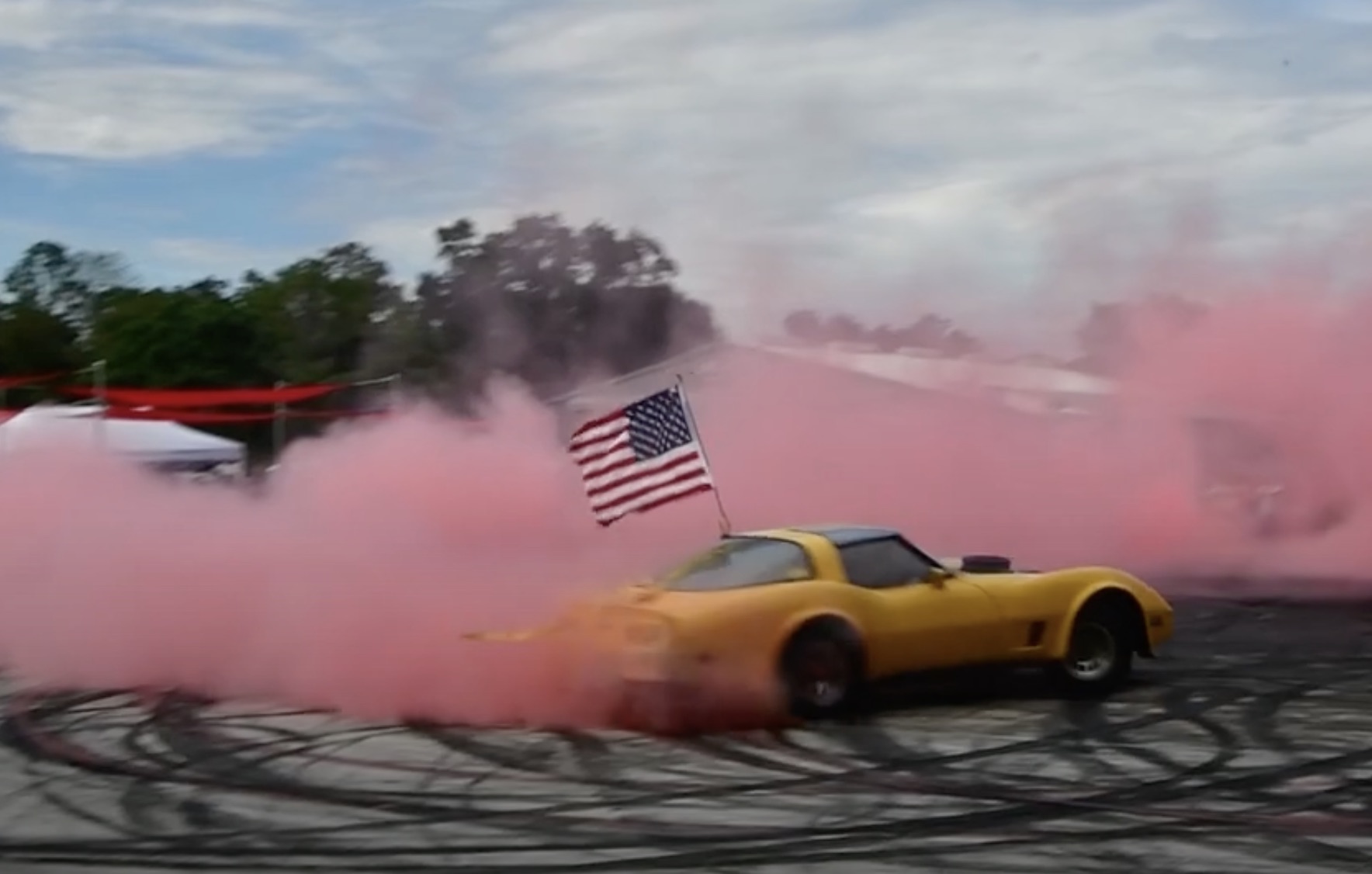When the C3 Corvette hit the scene in 1968, horsepower was the drug and everybody was living it up. After the Mako Shark II and it’s reworked Manta Ray form had captured many people’s attention, and GM might have shot themselves in the foot when Mattel released a model of the car before the C3 bodystyle was actually out for sale. The early years looked absolutely knockout. They were power-hungry, looked beastly hunkered down over fat rolling stock, and had just the right amount of chrome to them. A 1968-72 Corvette in our driveways would be heaven on earth, especially if one with an LT-1 350 or an LS5 454 was in the engine bay.
Then the Seventies happened properly, and the Corvette was not immune to the troubled times. The fire-breathing engines, the removable rear window, the slim chrome bumpers…all thrown out in the name of safety, emissions controls, aerodynamics, whatever you want to choose as the scapegoat. By the early 1980s, the C3 had been around a couple of years too long and if you lived in California, you had to make do with a 305 that cranked out 180 horsepower on a good day. For the time period, the Corvette was hanging in there. Compared to what it had been, America’s sports car was sucking loud enough to be heard on the other side of the world. They looked good and the engine made a noise that sounded respectable, the end.
I’ve always said that most of the problems with 1970s and 1980s cars can be remedied with a little bit of horsepower…






















I don’t understand the fascination with tearing cars up.
We didn’t tear it up. It was rotting into the ground. It got saved from the crusher and given a shot at glory and will be returned to its former glory.